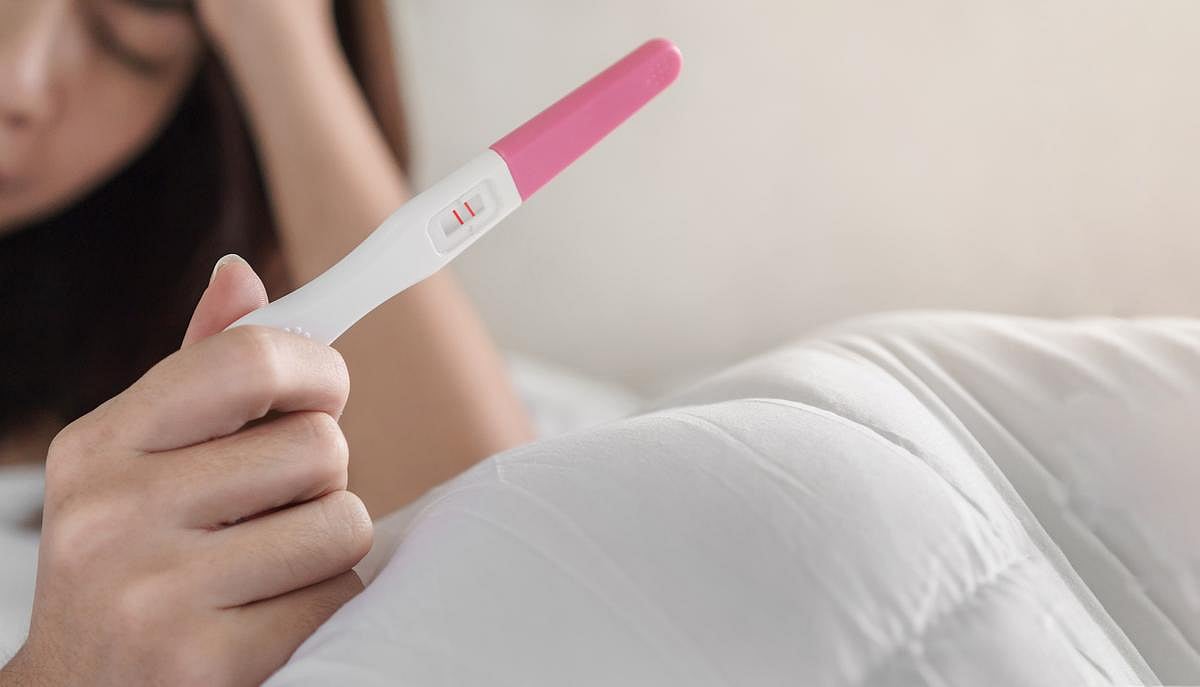If you are having trouble with our mobile app, you must remove and reinstall the app on your device.
Updating the app alone will not fix the issue. Your login will not be impacted. We sincerely apologize for this inconvenience.
Market Pharmacy is now G&G Pharmacy, conveniently located in Marketplace Foods on the corner of Hwy 2 & Broadway!
Same great staff and same great care!
Manténgase sano!

- Robin Foster
- Posted October 23, 2024
Abortions Have Increased, Even in States With Bans, Report Finds
A new report shows the number of women getting abortions in the United States has actually increased since the U.S. Supreme Court overturned Roe v. Wade.
Since March 2023, the #WeCount report found a small, consistent increase in abortion rates. In the first six months of 2024, the monthly national abortion count averaged nearly 98,000 abortions. That eclipses the 2023 monthly average of 88,000 and the 2022 monthly average of 81,400.
The increase is not limited to states where abortion is still legal: In the 13 states that have passed abortion bans, the number of women receiving abortions has increased in all but three, the new data discovered.
"The findings demonstrate how abortion access has shifted over the two years since the Supreme Court decision to overturn Roe v. Wade and how a fragmented system of abortion provision has stepped up to meet the immense need for care across the country," the Society of Family Planning, which conducted the research, said in a news release announcing the results.
What is fueling the increase?
“In this heavily restricted abortion care environment, medication abortion provided via telehealth under shield laws is making a significant contribution to abortion access,” Dr. Ushma Upadhyay, #WeCount co-chair and a professor at the University of California, San Francisco, said in the #WeCount news release. “Despite abortion opponents’ continued efforts to ban safe, effective abortion care, providers, advocates and abortion funds all continue to innovate new ways to help people access the abortion care they need.”
The report found that in-person abortion care made up about 80% of all abortions, and this mode of care has been most affected by abortion bans in states across the country. But by the second quarter of 2024, telehealth access to medication abortion made up 20% of abortion care, driving some of the national increase in abortion volume, up from 4% during the same period in 2022.
Experts noted that they did not expect abortion rates to go up after the Supreme Court ruling.
“It’s a surprise to everyone,” David Cohen, co-author of the coming book “After Dobbs: How the Supreme Court Ended Roe but Not Abortion” and a law professor at Drexel University, told the New York Times. “I think most people thought there would be creativity and determination that would still get a lot of people abortions once Roe v. Wade was overturned. But I don’t think anyone thought it would stay the same, let alone go up.”
The only states with bans where abortion fell during this period were Texas, Idaho and Oklahoma.
Nationwide, the study also found that abortions have continued to climb. There were roughly 587,000 abortions in the first half of this year, an increase of more than 12 percent from the same period in 2023.
For the first time, the periodic report breaks out the number of abortions provided under the new shield laws, which protect providers who dispense medication abortion pills to women in states with bans. On average, it found, these laws are enabling 7,700 abortions a month in states with total abortion bans or six-week bans.
The expansion of telehealth abortion has been an important factor even in states where abortion has remained legal, particularly in rural areas. In Wyoming, where abortion is legal but many women live far from clinics, telehealth accounted for 55 percent of abortions in the second quarter of this year.
These numbers do not include abortion pills that were ordered from overseas pharmacies, or abortions that did not involve a licensed U.S. clinician. The research also couldn't measure whether every woman who ordered abortion pills ended up taking them.
Most importantly, “the data don’t tell us anything about people wanting abortions and not getting them,” Dr. Alison Norris, a chair of WeCount and a professor of epidemiology at Ohio State, told the Times.
More information
The World Health Organization has more on abortion.
SOURCES: #WeCount, report, Oct. 23, 2024; New York Times







